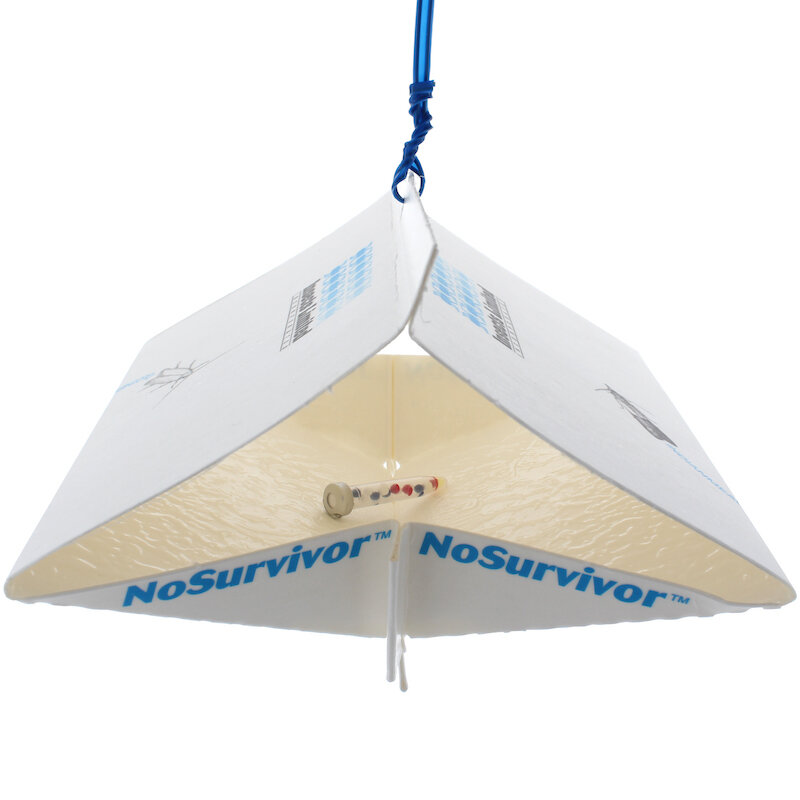5 Things to Know About the Mediterranean Flour Moth
This month, we’re spotlighting the Mediterranean Flour Moth (Ephestia kuehniella) — a persistent pest in flour mills, food processing facilities, and storage environments worldwide.
These moths are known for contaminating food products and clogging machinery with their webbing, leading to costly production delays and product losses. Understanding their life cycle, habits, and warning signs is essential for effective prevention and control.
1. How Fast Do Mediterranean Flour Moths Reproduce?
The Mediterranean flour moth thrives in environments with a steady supply of flour and grains.
Females lay 100–600 eggs directly on or near food sources
Larvae hatch within a few days and begin feeding immediately
The full life cycle (egg to adult) can be completed in 5–7 weeks under ideal conditions
Multiple generations can develop per year, especially in warm environments
This rapid reproductive potential makes it critical to detect and manage infestations early.
2. Where Do Mediterranean Flour Moths Come From?
These moths are most commonly associated with flour mills, but they can infest a wide range of facilities that handle grain-based products.
Flour, grains, cereals, and nuts
Processed foods such as pasta or baked goods
Grain silos and feed storage
Food processing plants and distribution centers
Infestations often begin when eggs or larvae are introduced through incoming shipments or contaminated raw materials.
3. How to Identify Mediterranean Flour Moths
Adult Mediterranean flour moths are relatively easy to distinguish:
Wingspan: ~20 mm
Color: Gray with darker zigzag lines across the forewings
Rest with wings folded, giving them a distinctive triangular shape
Often confused with the cigarette beetle, which has uniformly serrated antennae
Spotting adults fluttering near lights or storage areas can be an early warning sign of infestation.
4. Signs of a Mediterranean Flour Moth Infestation
The biggest indicator of a Mediterranean flour moth problem is the presence of larval webbing.
Silken webbing in flour, bins, or machinery
Contaminated or clumped product due to larval feeding and webbing
Dead moths or live larvae inside product packaging
Adults flying near production or storage areas
The webbing created by larvae can cause serious mechanical issues, including clogging production equipment.
5. How to Monitor and Manage Mediterranean Flour Moths
Long-term control requires an integrated pest management (IPM) approach:
Inspect incoming shipments carefully
Use pheromone monitoring traps to detect adult activity early
Keep production areas and equipment clean to reduce food residues
Store products in sealed containers to limit access
Remove infested materials immediately to stop population growth
Manage Mediterranean Flour Moths with Insects Limited Solutions
Need support with monitoring or identification? Explore our Mediterranean Flour Moth Solutions or contact our team for expert guidance.
Insects Limited, an Insect Pheromone Company
Insects Limited, Inc. researches, tests, develops, manufactures and distributes pheromones and trapping systems for insects in a global marketplace. The highly qualified staff also can assist with consultation, areas of expert witness, training presentations and grant writing.
Insects Limited, Inc. specializes in a unique niche of pest control that provides mainstream products and services to protect stored food, grain, museum collections, tobacco, timber and fiber worldwide. Please take some time to view these products and services in our web store.


